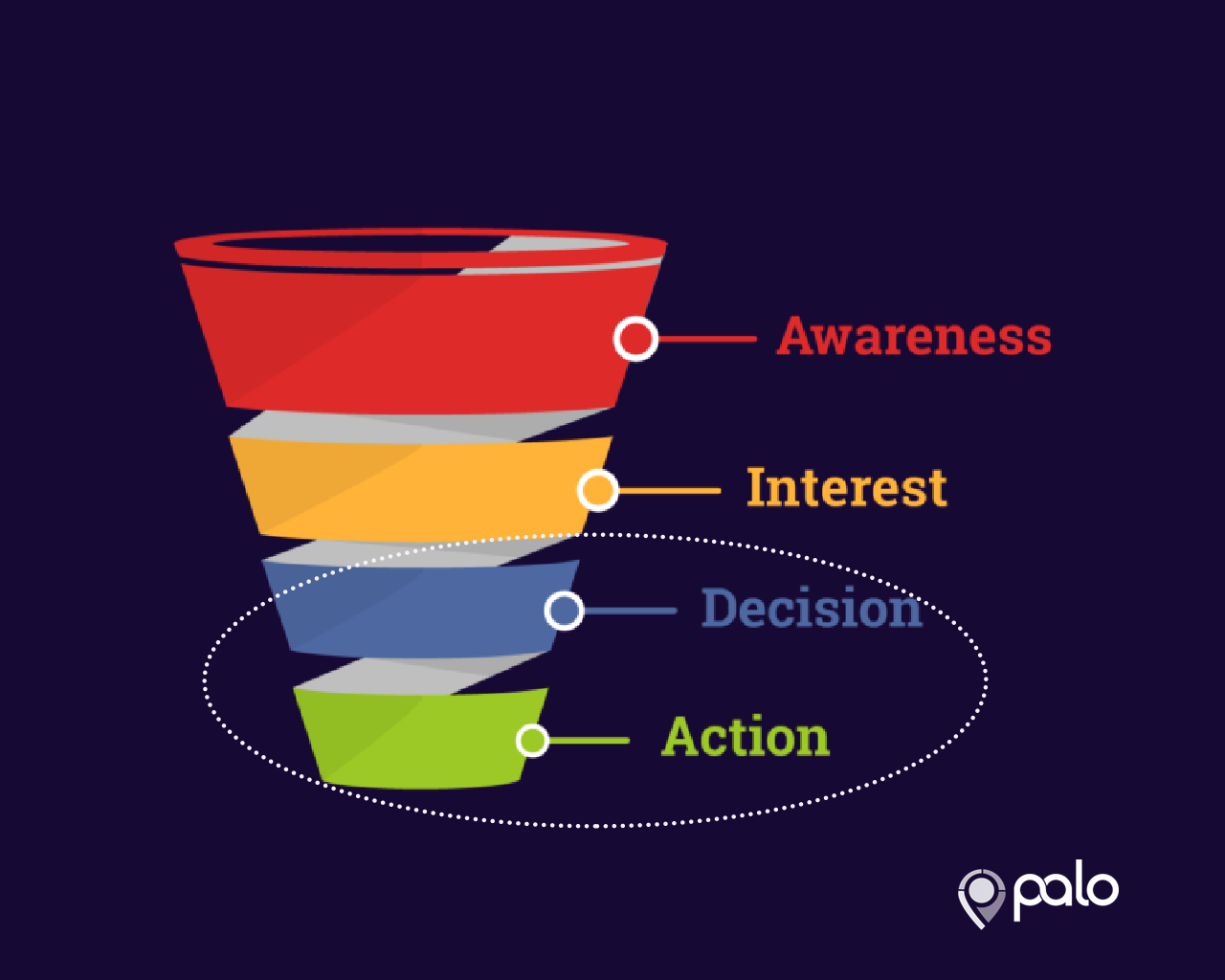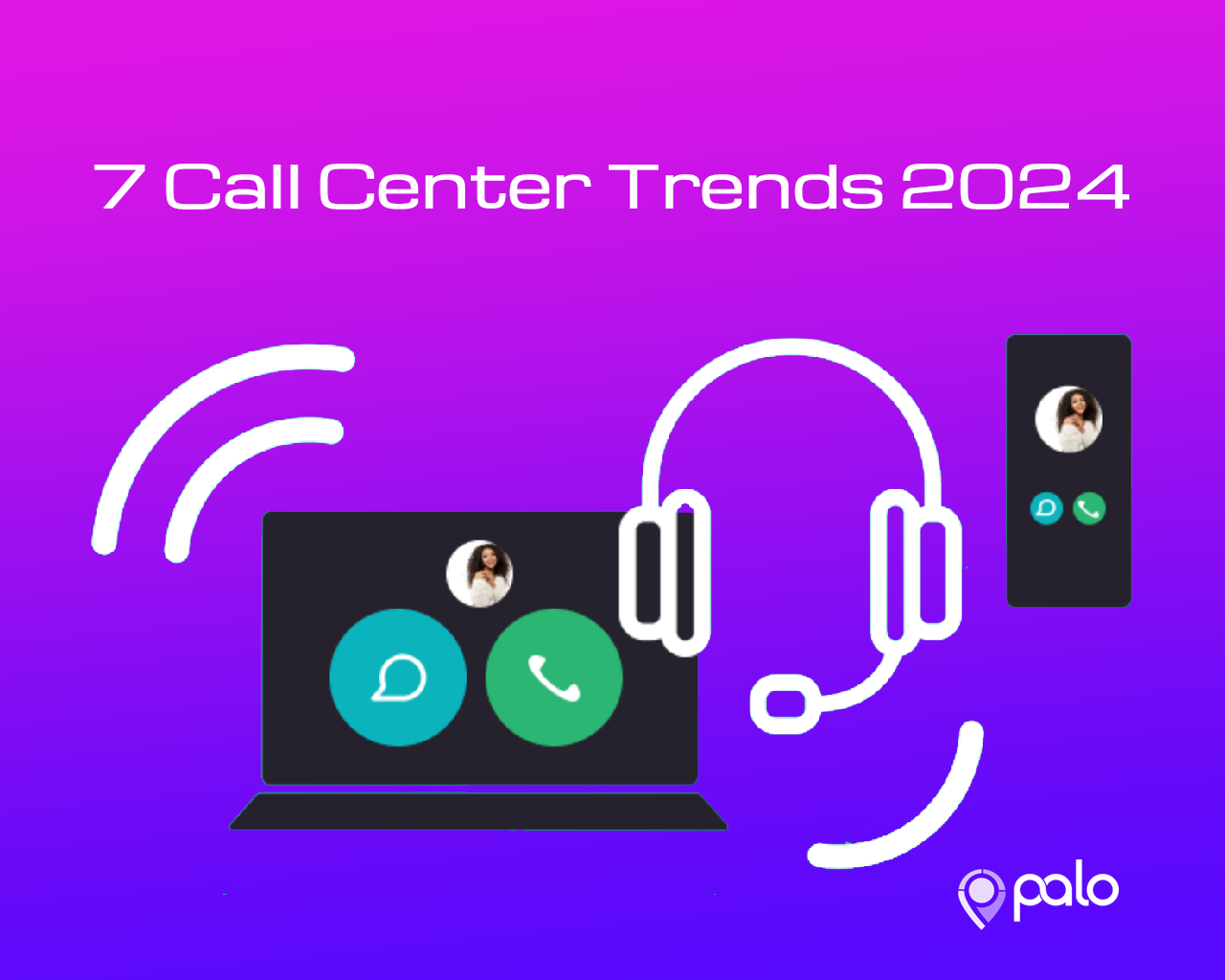
The Ultimate Guide to Understanding the Cost-Per-Call Calculations
Let’s face it: Running a call center is costly, very costly. Without proper planning and monitoring, you can easily run into losses. Considering the number of expenses you incur in the process, every call center manager’s critical responsibility is to find ways of reducing the overhead costs without affecting customer experience.
The first step to running a call center successfully is to understand the cost-per-call metric because it allows you to calculate the average cost involved in handling/answering calls over a specific period.
Establishing your average cost-per-call is critical to calculating return on investment and evaluating your business performance. But the big question is, how do you calculate the cost-per-call? Read on to find out.
Calculating Cost-Per-Call the Traditional Way
The traditional approach for calculating the cost-per-call is pretty simple and straightforward. All you have to do is simply divide your overall call center costs by the number of calls answered to find the average amount it costs to handle each call.
Cost-Per-Call = Call Center Costs/Calls Answered
However, this assumption might not give you an accurate picture of your cost-per-call. There are other variations that you need to put into consideration while calculating the figure.

For instance, where do you include abandoned calls and repeat calls in the equation? Keep in mind that including repeat callers in your calculation can make the average cost-per-call lower, which isn’t reflective of the true cost-per-call because one customer can call several times over the same issue.
Therefore, if you can manage to measure First Call Resolution (FCR) or filter out customers that call multiple times, you could have more accurate results. The same thing applies to abandoned calls.
Calculating Cost-Per-Call the Right Way: Let the Numbers Speak for Themselves
The first thing you need to do is to compile a list of all your call center agents and define a specific period for which you want to calculate the cost-per-call.
Next, establish the exact number of calls a call center agent handles every hour during their average shift.
For instance, let us take agent X and establish the number of calls he handles in an hour. To do that, you need to establish the average number of calls he handles per day and divide by the number of hours he works each day.
Let us do some simple mathematics here. So, let us assume agent X handles 48 calls a day and works on an 8-hour shift.
Average Calls Handled/Hour=Calls Handled Per Day/Number of Hours Worked
In that case, the average number of calls handled by agent X per hour will be 6 (48/8). Once you have this number, you can easily determine agent X’s cost-per-call by dividing his/her hourly wage with the average number of calls he/she handles within an hour. Whatever you get will be agent X’s cost-per-call.
So, if agent X is paid $18/hour, then his/her average cost-per-call will be $3.
Cost-Per-Call = Agent’s Hourly Rate/ Number of Calls Handled
To calculate the average cost-per-call for the entire call center, divide the average cost-per-call for one agent by the total number of agents working in the center. So, the average cost-per-call for the entire call center will be:
Average Cost-Per-Call= Cost Per Call for One Agent/Total Number of Agents
So, if we had 20 agents working in our call center, the average cost-per-call will be $3/20= $0.15
This method only takes into account your call center agent’s wages as the only cost. However, other call center costs, such as office space, operational, and software costs, need to be considered.

Technically, it means that the traditional approach we earlier can still be an effective way of determining your cost-per-call. For instance, if your total call center costs for October was $10,000 and you handled 40,000 calls during that time, your average cost-per-call will be:
Cost-Per-Call = Call Center Costs/Calls Answered
$10,000/40,000= $0.25.
How Can You Reduce Your Cost-Per-Call?
With the cost of running call centers skyrocketing, one thing that every call center manager strives to achieve is to reduce the cost-per-call without compromising on the level of customer service provided. Luckily, with proper planning and implementation, you can easily achieve the desired balance.
Here are some of the critical things you need to do to keep your average cost-per-call low:
1. Provide high-quality training to your call center agents
The most effective way of lowering your cost-per-call and improving customer service quality is to ensure that your agents are properly trained and have sufficient information.
You can achieve this by carefully selecting your agents and subjecting them to vigorous training sessions to equip them with the information and resources they need to serve customers.
With a skilled call center team, you will improve the first call resolution and customer service quality, which plays a critical role in lowering the number of repeated calls for a similar problem.
2. Use call monitoring
Another effective way of keeping your cost-per-call down is to maintain high call quality. The best way to achieve high call quality is to implement call monitoring/tracking.
As a call center manager, you must monitor all inbound calls and provide constructive feedback to your agents on what they can do to improve the call quality.

This will ensure improved First Call Resolution (FCR) and low Average Handle Time (AHT), leading to a significant decrease in your cost-per-call.
3. Install comprehensive call center software
No matter what you do, you will need accurate statistics to calculate your average cost-per-call. Without efficient call center software, it will be impossible to gather the statistics. In fact, a call center without call center software is like a car without an engine.
If you want your call center agents to excel at their job, you must empower them with the right tools. Go for software that offers powerful features such as a predictive dialer to increase efficiency.
4. Adopt effective scheduling
Effective agent scheduling can go a long way in lowering your average cost-per-call.
Consider factors such as peak call times and an agent’s level of adherence while drawing agent shifts to help you utilize your agents to their maximum potential. This will not only lower your cost-per-call but also improve customer service.
Final Thoughts
To get the most out of your business calls and maximize your profits, you need to keep your average cost-per-call as low as possible. However, be careful not to compromise on the customer service level offered in your quest to bring down the number.
Striking a balance between efficiency and effectiveness can make a significant difference.
If your business relies on calls to generate revenue and you are not receiving enough of them, we can help you.
We are a performance-based digital marketing agency specializing in pay-per-call. We help our clients generate highly qualified calls at affordable rates. Talk to us today, and let us see if we are a good match!






